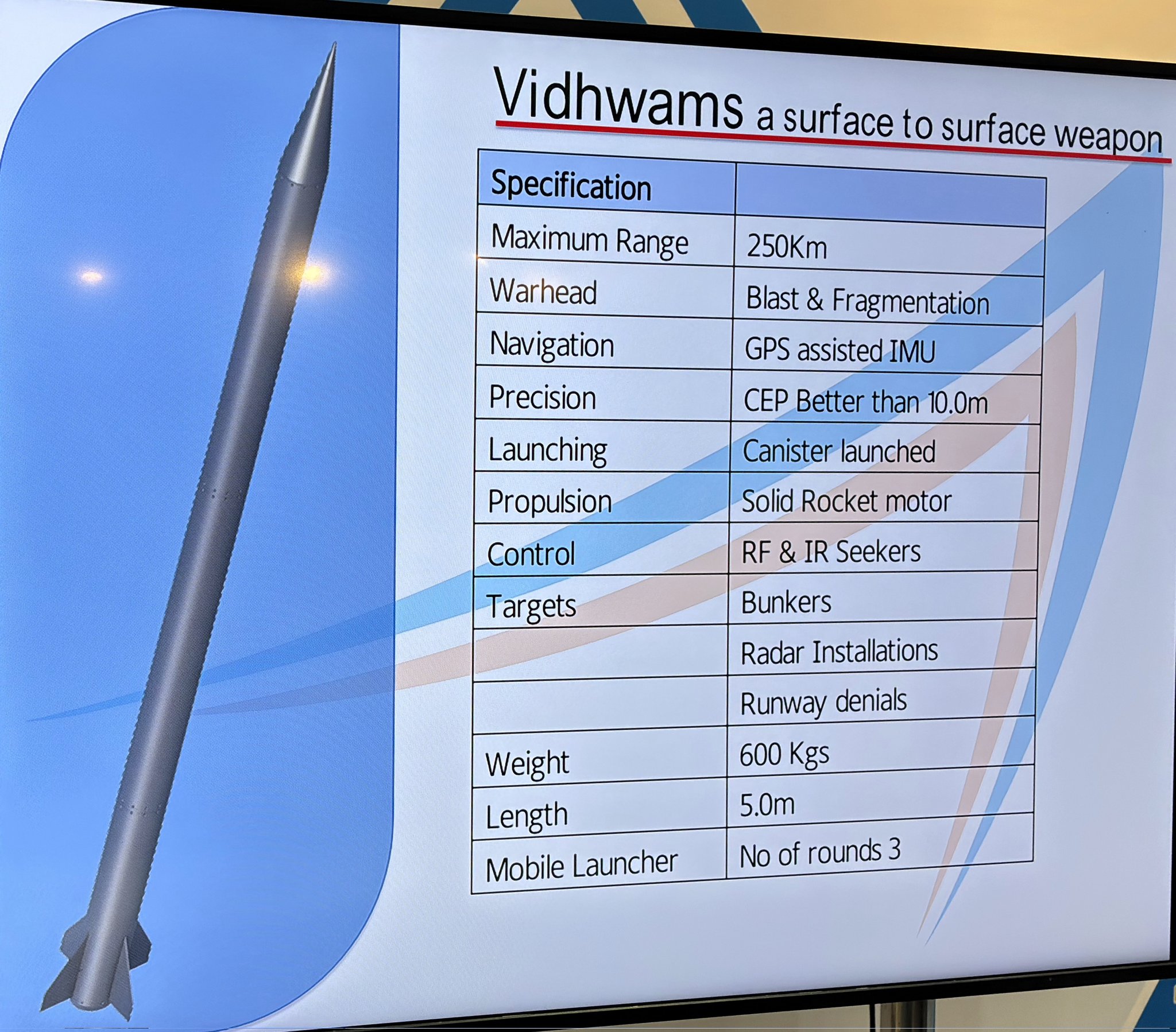As will anti-drone systems...
No one weapon system is perfect or even sufficient.
As will anti-drone systems...
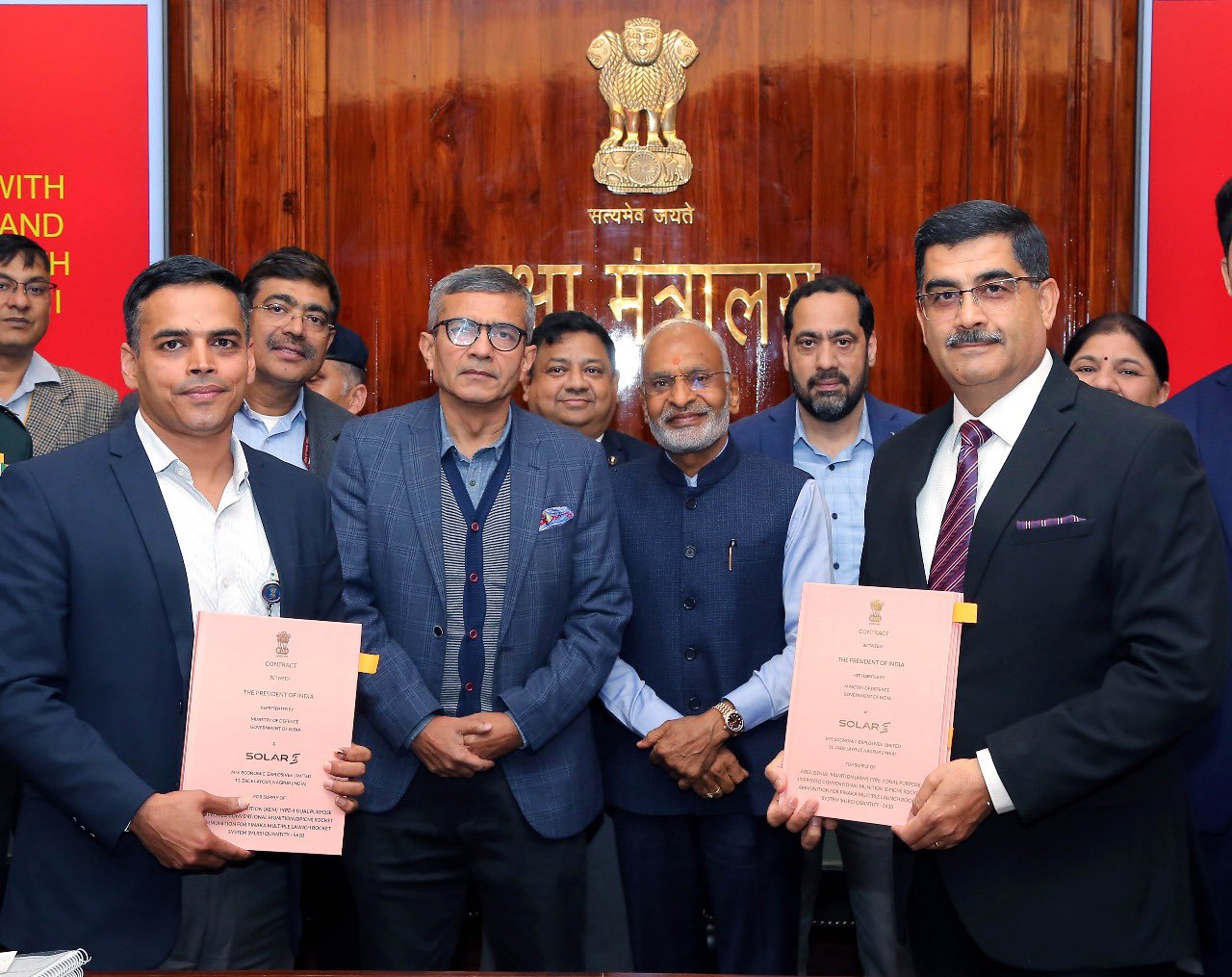


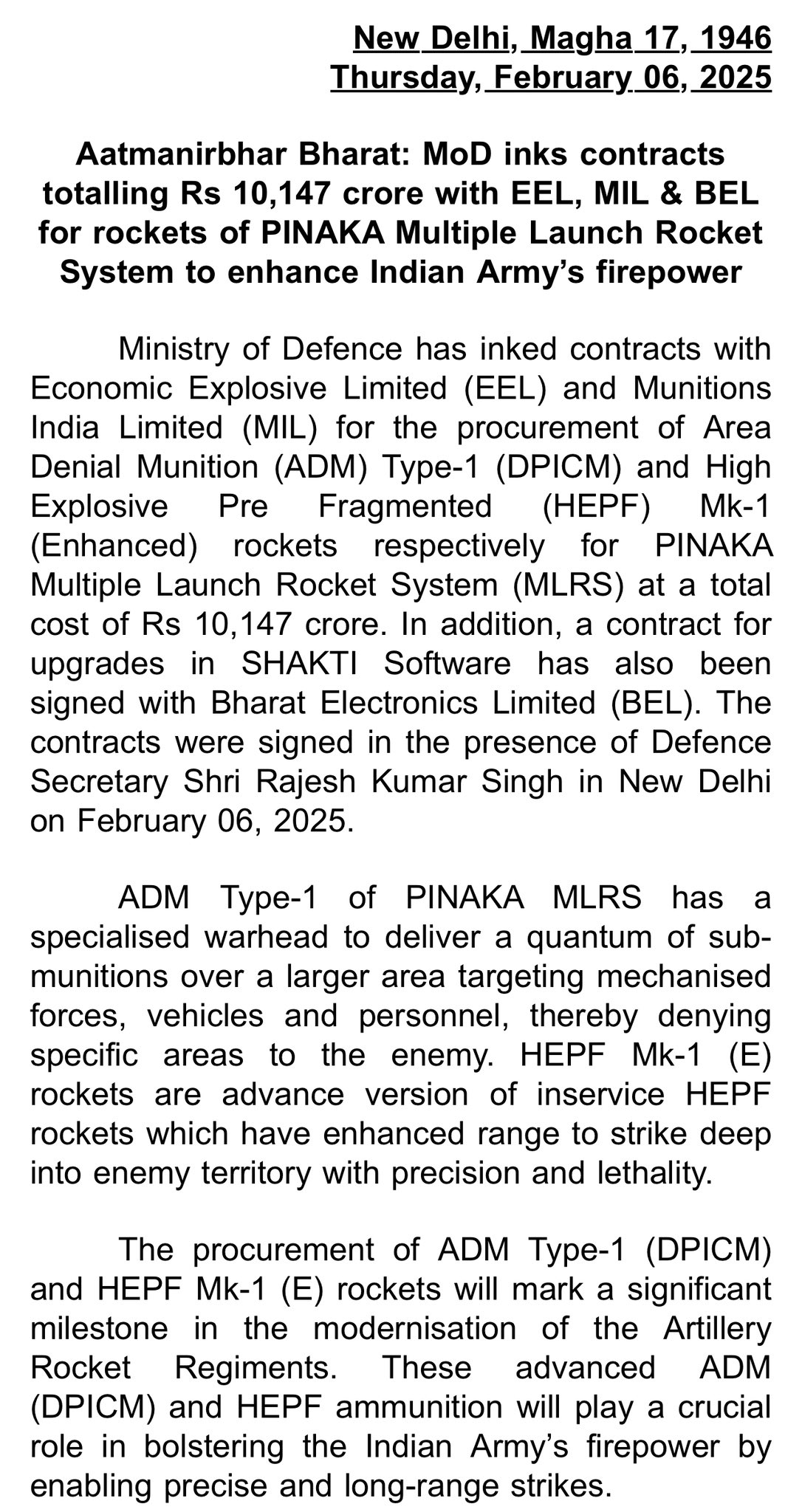

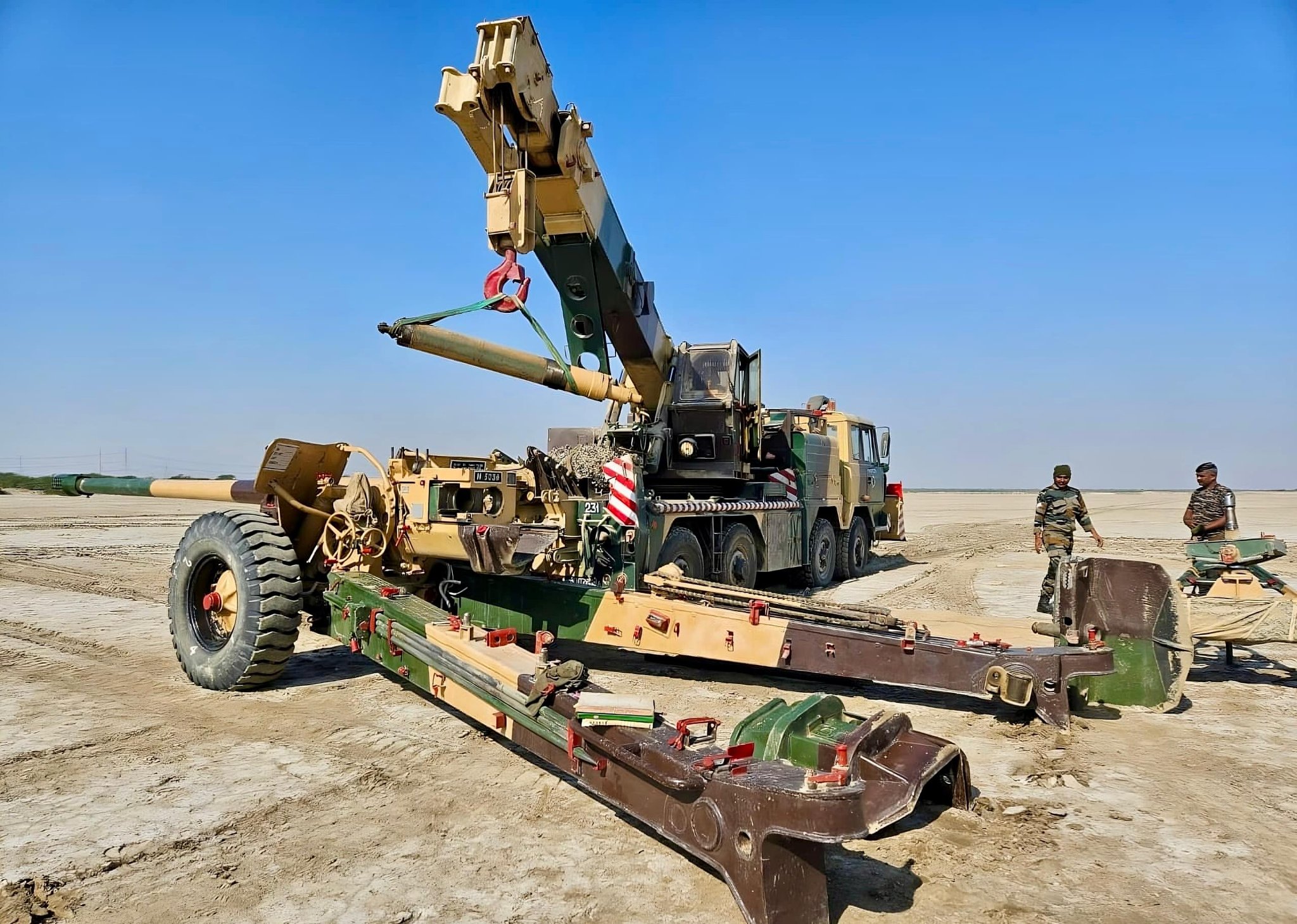
https://x.com/indiaemerges/status/1892277502891942135 ---> So India will make weapons for everyone except India?Rakesh wrote: ↑20 Feb 2025 22:15 Bharat Forge unit bags contract to supply first-ever India-made artillery cannons to the US
https://www.cnbctv18.com/market/bharat- ... 561592.htm
19 Feb 2025
India's state-owned Defence Research and Development Organisation (DRDO) showcased a model of its new compact and transportable electromagnetic railgun (EMRG) at the Aero India 2025 show held in Bangalore.
DRDO said the EMRG, which is being developed by the DRDO's Armament Research & Development Establishment (ARDE) laboratory, is a trailer transportable version and is ready for field trials. DRDO officials said the trials represent a major step towards enabling the EMRG to become fully functional.
The compact EMRG set-up comprises a modular capacitor bank, a lithium chemistry cell-based battery bank, a railgun, and a diesel generator as a power source.
The DRDO officials said the system's size has been partly enabled by its capacitor bank, which was developed through an ARDE science and technology project, and its 15 kW portable diesel generator that can fully charge the battery bank in 30 minutes. The generator replaces the grid power used in larger EMRG systems.
The energy contained in the battery bank is used to charge the capacitor bank to 10 MJ, which in turn is delivered to the railgun.

India's Defence Research and Development Organisation (DRDO) is developing a new high-calibre Pinaka rocket with a range of 120 km, a DRDO official told Janes at Aero India 2025 in Bangalore.
The official did not disclose the exact calibre of the new rocket variant but indicated that it could be similar to that of Russian Smerch rockets. The Smerch rockets have a calibre of 300 mm and have been in service with the Indian Army since 2007.
According to the DRDO official, development of the new Pinaka rocket variant started in 2024. He added that the new rocket is already in an advanced stage of development and that its first test is expected to be conducted in October 2025.
This new longer-range rocket variant will be launched from the Pinaka Multi Barrel Rocket Launcher (MBRL), the official said. A new pod to launch the new rocket variant will be fitted to the Pinaka MBRL, he added.
The existing Pinaka family consists of 214 mm fin-stabilised, solid-propellant, guided and unguided rockets and are launched from 214 mm Pinaka MBRL.
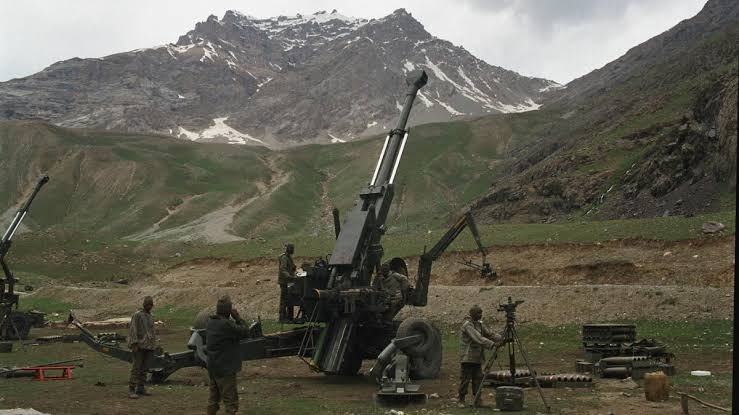
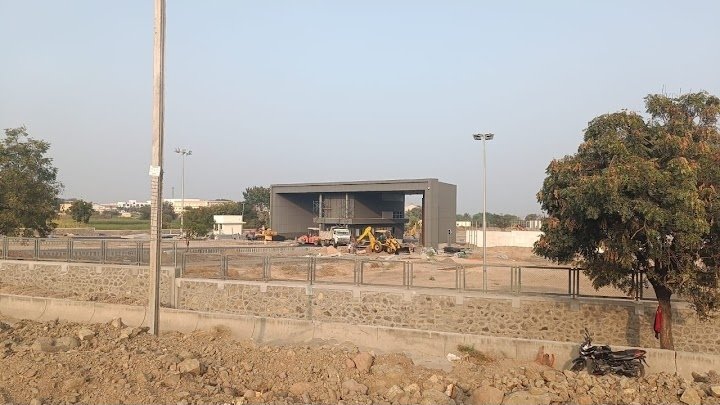

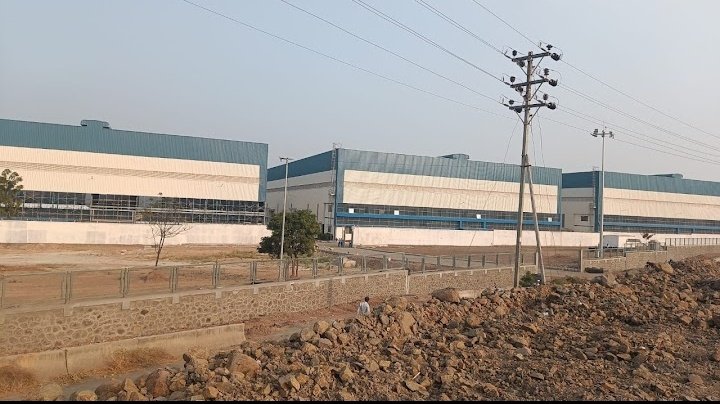
Excellent news, if they manage to execute. The building blocks, except the electrical drives, were available for over a decade plus. Someone has overhauled the complete acquisition procedure.Rakesh wrote: ↑27 Feb 2025 21:05 https://x.com/alpha_defense/status/1892497424305762783 ---> Indian Army’s FH-77B Bofors guns, heroes of the Kargil War, are getting a major upgrade!
• Next-gen drives & positioning system from Dhanush
• Electric drive APU for better mobility & efficiency
• Faster deployment, improved accuracy & lower maintenance
Boost to #AtmanirbharBharat and India’s artillery power!
Weapon locating radars can perform this task, with reasonable efficiency. The challenge is price of these radars and availability, which is very less, compared to what is ideally needed.ramana wrote: ↑28 Feb 2025 03:01 Wonder if for the long range shells, a telemetry shell can be developed that provides hit results for the battery? Am thinking of a shell that has 3 axis accelerometers and rotation sensors that transmits the shell data to the battery and they firing computer calculates the corrections to be applied.
Yeah, a wire guided UAV attached to the mortar platform can use pure optical only capability and have zero EM emissions. Heck, if the size is small enough, can even be powered by the launch platform allowing unlimited up time. Or a small ballon with some control systems will even cut out those blade acoustics.
The procedure is called Direction of Own Artillery Fire (DOOAF).
Wonder where you got this idea from. I used to think about this after playing Factorio. The artillery shells have a radar that updates the map, while the shell flies.ramana wrote: ↑28 Feb 2025 03:01 Wonder if for the long range shells, a telemetry shell can be developed that provides hit results for the battery? Am thinking of a shell that has 3 axis accelerometers and rotation sensors that transmits the shell data to the battery and they firing computer calculates the corrections to be applied.





ernest wrote: ↑04 Mar 2025 08:50Wonder where you got this idea from. I used to think about this after playing Factorio. The artillery shells have a radar that updates the map, while the shell flies.ramana wrote: ↑28 Feb 2025 03:01 Wonder if for the long range shells, a telemetry shell can be developed that provides hit results for the battery? Am thinking of a shell that has 3 axis accelerometers and rotation sensors that transmits the shell data to the battery and they firing computer calculates the corrections to be applied.
I have felt that a Pinaka equipped with some kind of seeker can help in fine tuning the accuracy of the whole salvo. Include one seeker based/guided rocket in the whole salvo, which flies first, and sends back navigation updates to reduce error from free flight. Then also send back an image/live map of target areas before impact that can provide target prioritization info for other rockets in the queue. The seeker equipped will be costlier compared with the rest of unguided/INS guided rockets in the salvo. Even better if GPS guided rockets can update target location mid flight.
e.g. when targeting a helipad, the first rocket with seeker sends an update that target helicopters have already dispersed / moved to a shelter. The other rockets can be held back, or reallocated to the shelter/other immobile targets.
BTW, loitering munitions can help with the above, and might be simpler than developing new rocket variants, and associated tactics. So above is just a khayali pulao from me.
